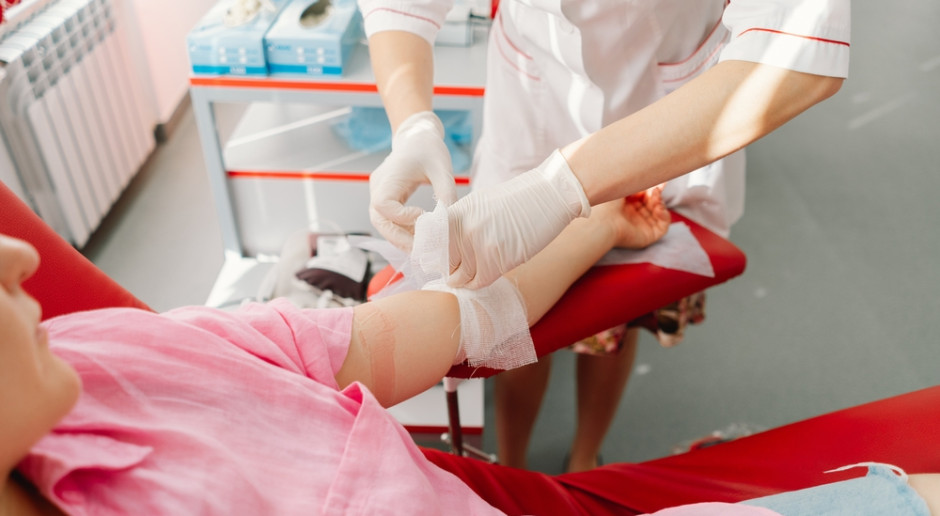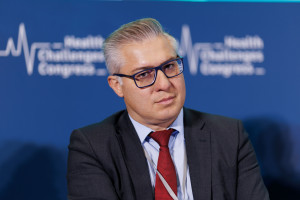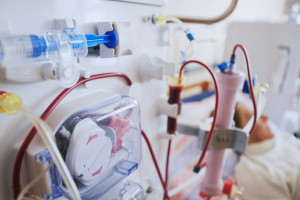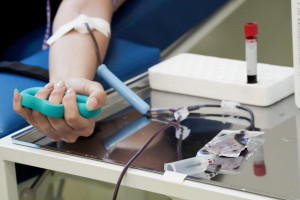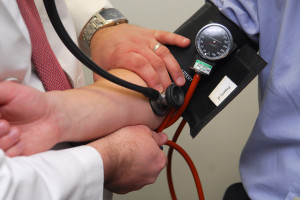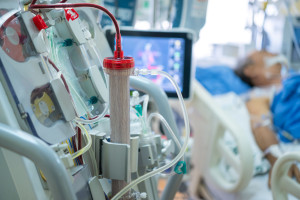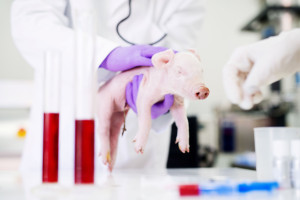In Ukraine, they have a problem. The infection rate is alarmingly high.

Studies conducted in Ukraine have shown significant lifetime exposure to hepatitis B and C viruses in a nationally representative 2021 population sample. The results also suggest that the virus is still circulating in the population .
July 28 is World Hepatitis B Day. It was established by the World Health Organization (WHO) on the anniversary of the birth of Baruch Samuel Blumberg, the Nobel laureate who discovered the hepatitis B virus. The WHO aimed to raise awareness of the disease and educate the public on prevention and treatment.
Viral hepatitis remains a major global health problem and one of the infectious diseases prioritized by international institutions. The WHO Global Hepatitis Report 2024 estimated the overall prevalence of hepatitis B virus (HBV) at 1.2% in the WHO European Region. Men and older adults are more likely to test positive for hepatitis B and C.
Studies to detect hepatitis C virus (HCV) core antigen (HCcAg) were interrupted by the Russian invasion of Ukraine. With the ongoing war and disruptions in public health infrastructure and surveillance, it is difficult to estimate their inevitable negative impact on global efforts to eliminate viral hepatitis by 2030. Despite the urgent need for such data, this was the first population-based serological study in Ukraine to assess the prevalence of HBV and HCV in the general adult population.
Scientists from the Public Health Center of the Ministry of Health of Ukraine and the DILA medical laboratory used blood samples collected in mid-2021 as part of a nationwide, representative, cross-sectional serological study for the presence of SARS-CoV-2 in households.
Samples collected from adults were tested for the presence of antibodies:
- against hepatitis C virus (HCV),
- total antibodies against hepatitis B virus (HBV) core antigen (HBc),
- hepatitis B virus surface antigen (HBsAg),
- antibodies against hepatitis D virus (HDV).
The researchers then calculated the proportion of positive test results for HCV antibodies, HBc antigens and HBsAg, adjusting the data to reflect the actual demographic situation in Ukraine.
The study found a 3.3% prevalence of antibodies to the hepatitis C virus and an 11.6% prevalence of antibodies to the hepatitis B virus, indicating current or past infection with these viruses. The prevalence of HBsAg (0.9%) indicates ongoing, most often chronic, HBV infection. Among those with HBsAg, 7.5% were positive for antibodies to HDV.
The likelihood of developing anti-HBc antibodies increased with age and was highest after the age of 60. The prevalence of anti-HCV, anti-HBV, and HBsAg was higher in the southern regions of Ukraine. Anti-HCV markers were more common among men, in urban areas, and in the eastern and southern regions.
As the authors point out, the obtained results highlight the need for vaccination against hepatitis B virus (HBV) among infants and at-risk groups , as well as regular screening for HBV and C viruses (HCV), treatment and awareness raising to reduce transmission.
Ukraine joined the WHO Global Strategy to Eliminate Hepatitis B and Hepatitis C in 2019 and has since expanded hepatitis B screening in primary care, secured public funding for diagnosis and treatment, decentralized care through the involvement of family physicians and non-communicable disease specialists, and improved access to hepatitis B services.
In 2002, Ukraine introduced hepatitis B vaccination into its national childhood immunization program , achieving an 88% vaccination rate by 2024. However, the vaccination rate still falls short of the WHO target of 90%, and national surveillance has not been fully implemented. Ukraine's strategy for viral hepatitis elimination includes reducing the number of new cases and related deaths, which requires effective surveillance.
The war in Ukraine has led to mass internal displacement and refugee migration to neighboring countries, hindered the treatment of Ukrainians in the occupied territories, and limited healthcare infrastructure, which has deepened existing challenges in the fight against hepatitis.










